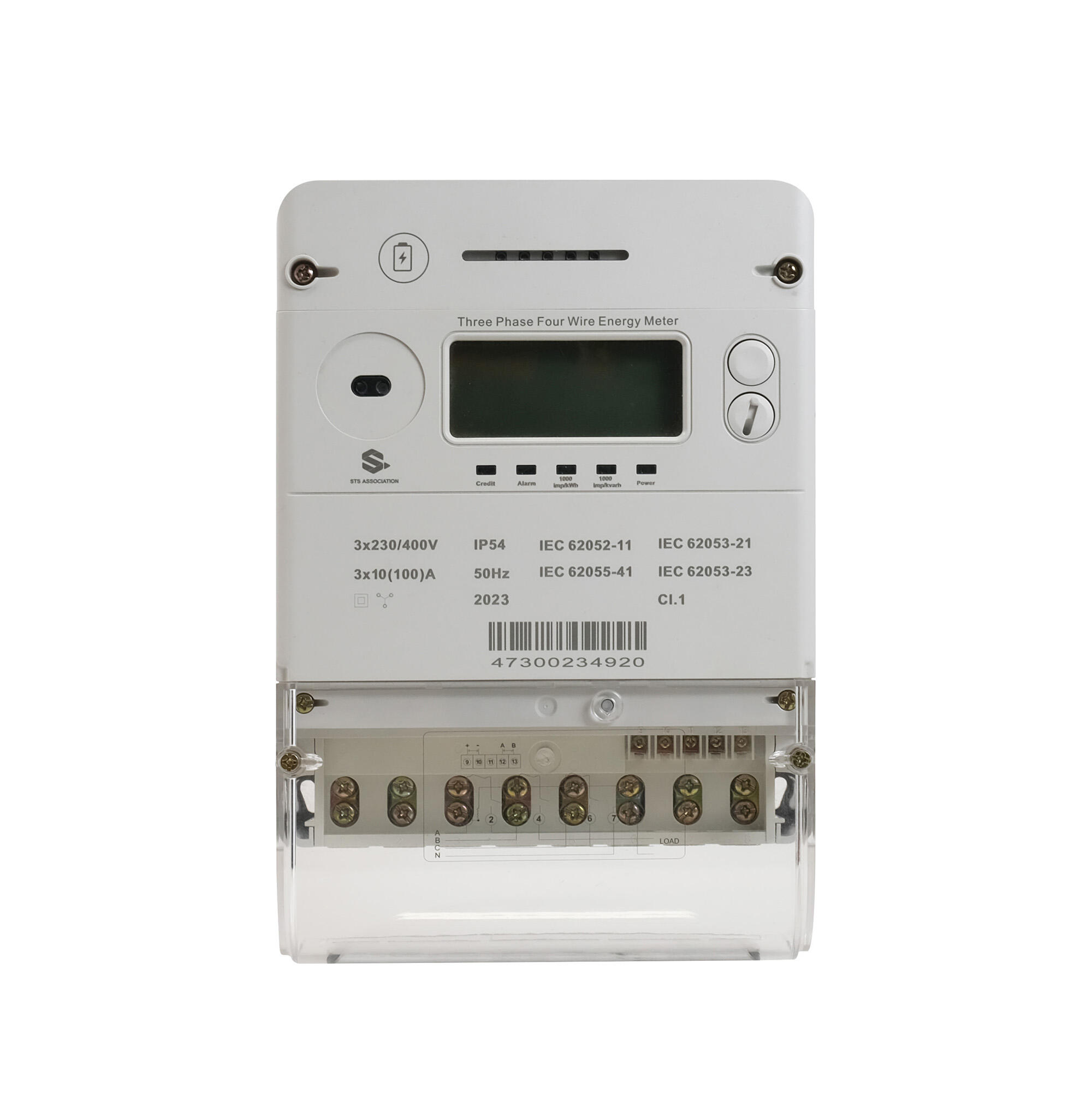The Feature of Smart Electricity Meters
Smart electricity meters are digtal meters that automatically conllect and transmit electricity usage data to utility companies.
They offer several advantages over traditional meters, including more accurate billing, better energy consumption insights, and improved grid management.
Key features and benefits of smart meters:
-
Automated Meter Readings:Smart meters eliminate the need for manual meter readings, reducing the likelihood of estimated bills.
-
Real-time Consumption Data:They provide detailed, often hourly, data on electricity usage, allowing customers to track their consumption patterns and identify areas for potential savings.
-
Improved Energy Management:Access to consumption data empowers customers to make informed decisions about their energy usage, potentially leading to lower bills and reduced environmental impact.
-
Remote Disconnections/Connections:Smart meters can facilitate remote connections and disconnections of service, which can be helpful for managing accounts.
-
Demand Response Programs:They enable utilities to implement demand response programs, where customers are incentivized to reduce energy usage during peak times in exchange for lower rates.
-
Smart meters are a crucial component of smart city development, enabling more efficient and sustainable energy management for the entire city.
-
Faster Response to Outages:Smart meters can help utilities identify and respond to power outages more quickly, improving grid reliability.
-
Integration with Home Energy Management Systems:They can be integrated with home energy management systems, allowing for more sophisticated control over appliances and energy consumption.
-
Security:Smart meters are designed with security measures to protect the privacy and confidentiality of customer dat

